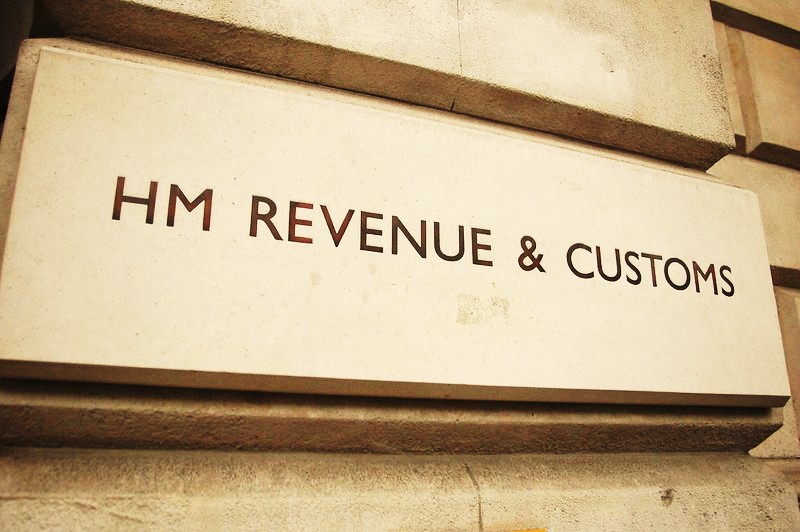
by Mike Lewis | Jun 19, 2025
Summary: Quietly buried in HMRC spreadsheets released today is the news that the UK Tax Gap – the gap between tax due and tax collected – seems consistently to be billions of pounds bigger than HMRC previously estimated. New evidence suggests that the...

by Mike Lewis | May 23, 2025
Previously we found that HMRC is hardly using powers to investigate, penalise and publicise tax advisers who enable tax abuse. Here we look at why these powers aren’t being used: a barrage of legal roadblocks; and holding back on naming and shaming. *** When tax...

by Simon Watkins | Mar 6, 2025
Executive Summary The UK tax advice market operates with minimal regulation, creating significant risks for both taxpayers and HMRC. Anyone can establish themselves as a tax adviser regardless of qualifications or competence, as illustrated by the R&D tax relief...

by Claire Aston | Dec 17, 2024
Sir Jim Harra, outgoing CEO of HMRC, got a tense grilling by the Public Accounts Committee (PAC) yesterday when he admitted that HMRC don’t have a specific strategy or target for tax evasion within the overall tax gap, as found by the National Audit Office which we...

by Claire Aston | Sep 27, 2024
Yesterday HMRC published its annual statistics on the tax relief for Research & Development (R&D) in the 2022-23 tax year. The main findings were: A fall in the number of claims made, down 21% to 65,690. Most of the fall was concentrated in the SME scheme,...






